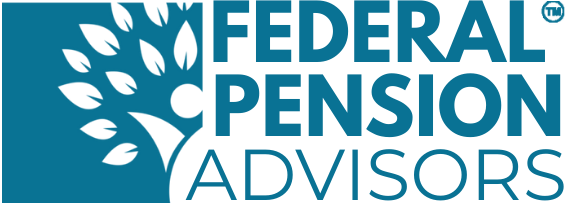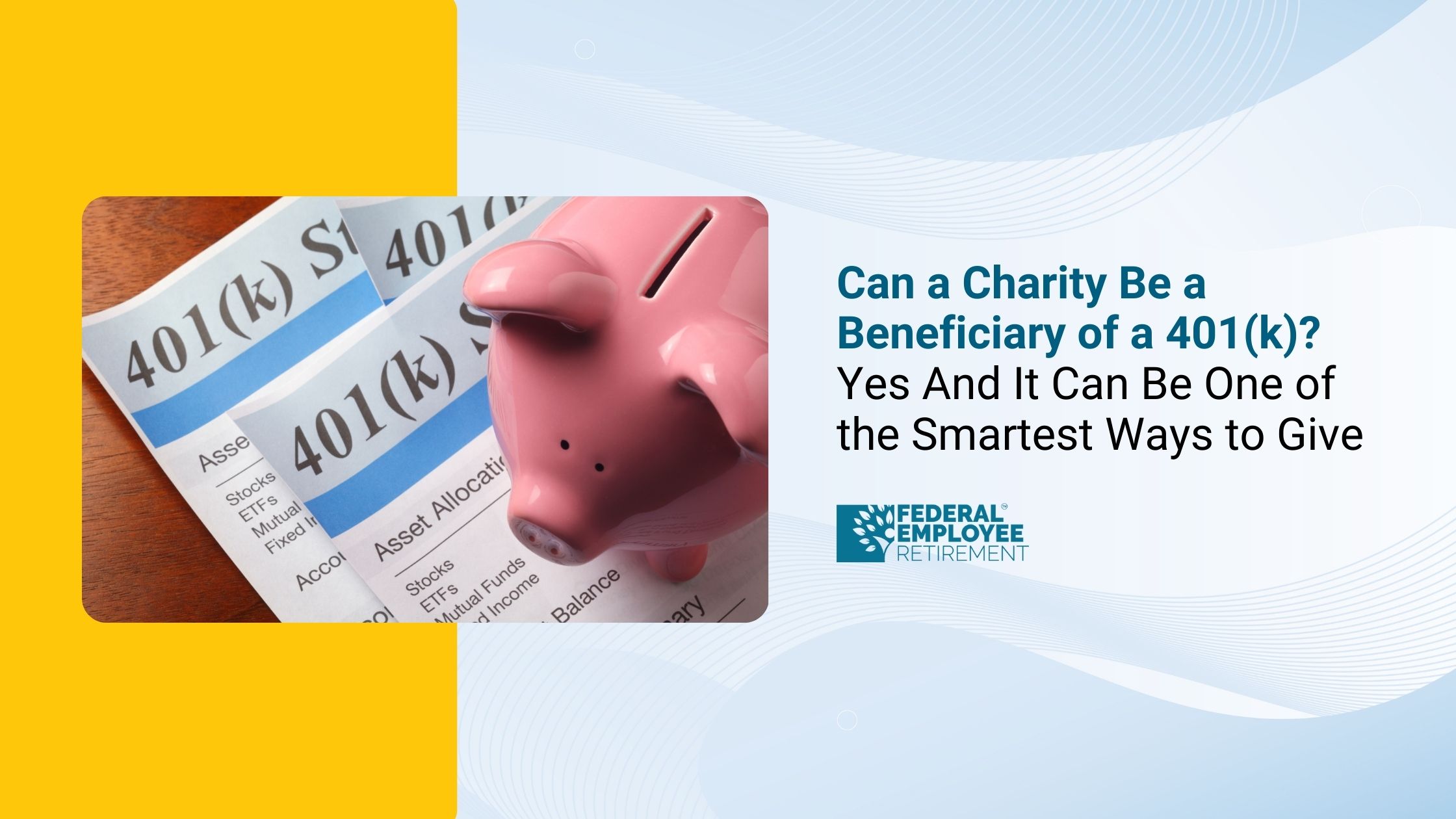You’re not alone; 4,359 federal employees booked their free review.
%20Loan%20vs.%20Personal%20Loan.jpg)
401(k) Loan vs. Personal Loan: Which Option Makes Better Financial Sense in 2025?
When you need cash whether it’s for consolidating debt, tackling home renovations, or covering unexpected expenses it can be tempting to borrow against your retirement savings. Both 401(k) loans and personal loans can offer quick access to funds, but they work in very different ways and carry very different long-term consequences.
Choosing between them isn’t just about comparing interest rates it’s about understanding how each loan affects your credit, taxes, and future retirement growth. Let’s break down the pros, cons, and trade-offs so you can make a smart, informed decision.
What Is a 401(k) Loan and How It Works
A 401(k) loan lets you borrow money directly from your workplace retirement plan in essence, from yourself. You’re required to repay both the principal and interest (typically prime rate + 1%), but that interest goes back into your own account rather than to a bank.
Borrowing limits:
You can borrow up to 50% of your vested balance or $50,000, whichever is less. Repayment usually happens over five years through automatic payroll deductions. Some plans allow longer terms if you’re using the funds to purchase a home.
Eligibility:
Not all 401(k) plans offer loans, so you’ll need to confirm whether your employer allows them and what rules apply.
Repayment risks:
If you leave or lose your job before the loan is repaid, the outstanding balance is typically due within 60 days. If you can’t pay it back in time, the IRS treats the unpaid amount as a taxable distribution, and if you’re under age 59½, you’ll also face a 10% early withdrawal penalty.
Common uses:
- Paying off high-interest credit card debt
- Home repairs or renovations
- Major medical bills or tuition costs
- Down payment on a home
The key advantage is easy access no credit check and no third-party lender. But as we’ll discuss next, that convenience comes at a cost.
What Is a Personal Loan and How It Works
A personal loan is money borrowed from a financial institution such as a bank, credit union, or online lender that you repay in fixed monthly installments. Most are unsecured, meaning you don’t have to put up collateral, though you’ll need to qualify based on credit score, income, and debt-to-income ratio.
Typical loan terms:
- Loan amounts: $1,000 to $100,000
- Repayment: 1 to 7 years
- Interest rates: typically 6% to 36%, depending on credit
How rates are determined:
Borrowers with strong credit (above 700) can often qualify for single-digit APRs, while those with fair or poor credit may pay double-digit interest rates.
Personal loans are flexible you can use them for debt consolidation, medical expenses, weddings, or home projects and they don’t affect your retirement savings. The trade-off: you’re paying interest to a lender, not back into your own future.
Also read - 401k contribution limits 2026
federal employees loans
401(k) Loan vs. Personal Loan: Key Differences
Here’s how the two options stack up side-by-side:
Real-World Example: Borrowing $20,000
Let’s look at how a $20,000 loan plays out over five years.
While the 401(k) loan seems cheaper upfront, you’re missing out on roughly $8,000 in compounding investment gains. That’s money that could have been growing tax-deferred toward your retirement and the true cost most borrowers overlook.
When a 401(k) Loan Might Make Sense
A 401(k) loan can be a short-term bridge if:
- You have strong job security
- You need the money for a short-term emergency
- You have poor credit and can’t qualify for a decent personal loan rate
- You’re disciplined enough to repay quickly
Used carefully, it can save you from high-interest credit card debt. But remember: every dollar borrowed from your retirement plan loses its growth potential and if you change jobs or miss payments, the tax penalties can be steep.
When a Personal Loan Is the Smarter Move
A personal loan is often the better option if:
- You’re changing jobs or uncertain about job stability
- Your credit score is solid (700+), giving you access to lower APRs
- You want to protect your retirement savings
- You may need a larger amount or longer term than your 401(k) allows
Additionally, responsible repayment on a personal loan can improve your credit score, opening doors to better rates in the future. That’s something a 401(k) loan can’t do.
Also read - 401a vs 401k vs 403b
Other Borrowing Alternatives to Consider
If neither option feels right, here are a few alternatives worth exploring:
- Home Equity Line of Credit (HELOC): If you own a home, a HELOC may offer lower interest and potential tax deductions.
- 0% APR Credit Card Offers: For smaller, short-term expenses (paid within 12–18 months).
- Emergency savings: Always the cheapest source of cash.
- Hardship withdrawal from 401(k): A last resort not a loan, but still subject to taxes and penalties.
Each of these comes with its own rules, so weigh the pros and cons before committing.
Advisor Insight: Think Long-Term, Not Just Short-Term
The real question isn’t just “Which loan is cheaper?” it’s “What’s the long-term cost of losing retirement growth?”
For example, if you’re 40 years old and take a $20,000 401(k) loan today, that money could have grown to nearly $77,000 by age 65, assuming a 7% annual return. That’s a $57,000 opportunity cost far higher than the few thousand you might save on interest.
Borrowing from your 401(k) may feel like “borrowing from yourself,” but in reality, you’re borrowing from your future self and your future self loses every year that balance isn’t compounding.
If you truly need access to funds, it’s often safer to consider a low-rate personal loan or other options that don’t jeopardize your long-term financial security.
Ready to Make an Informed Borrowing Decision?
Financial planning can feel overwhelming but you don’t have to figure it out alone.
Speaking with a vetted financial advisor can help you balance your short-term needs with long-term growth.
Here’s how it works:
- Answer a few easy questions about your goals.
- Get matched with fiduciary advisors who serve your area.
- Review their profiles, schedule an intro call, and choose who to work with.
Find Your Advisor Now and take the next step toward a smarter, more secure financial future.
Final Takeaway
Both 401(k) loans and personal loans have their place, but they serve different financial goals.
- Choose a 401(k) loan only when you have strong job security and a short-term need you can repay quickly.
- Opt for a personal loan if you value credit-building, repayment flexibility, and preserving your retirement nest egg.
No matter which route you take, it’s smart to compare offers, calculate your long-term costs, and understand how the decision fits into your broader financial plan.
Content References
Information in this article has been compiled and verified from reputable financial and government sources, including:
- Internal Revenue Service (IRS) — Retirement Plan Loan Rules and Tax Implications
- U.S. Department of Labor — 401(k) Plan Loan and Distribution Regulations
- SmartAsset (2025) — “401(k) Loan vs. Personal Loan: Which Is Better?”
- Bankrate (2025) — “Borrowing From Your 401(k) vs. Taking Out a Personal Loan”
- NerdWallet (2025) — “401(k) Loan: Pros, Cons, and How It Works”
- Experian (2025) — “Should You Borrow From Your 401(k) or Get a Personal Loan?”
- OneMain Financial (2025) — “401(k) Loan vs. Personal Loan Comparison”
- BestEgg (2025) — “Personal Loan or Borrowing From Your 401(k): What’s Right for You?”
Data and examples are based on average market interest rates and IRS limits as of October 2025. Loan terms, eligibility, and regulations may vary by plan provider, lender, and individual financial situation.
Disclaimer
This content is for educational and informational purposes only and should not be considered financial, tax, or investment advice. The scenarios and examples provided are illustrative and may not apply to your specific circumstances.
Borrowing from a 401(k) or taking a personal loan involves risks that depend on your individual financial profile, employment status, and retirement goals. Before making any borrowing or investment decisions, you should consult with a licensed financial advisor, tax professional, or fiduciary to evaluate your options.


Get Updated
Subscribe to our weekly updates for the latest on retirement planning, federal benefits, exclusive webinars, and more!
Download Federal Retirement: Step-by-step Checklist
This comprehensive guide will help you understand your federal benefits, optimize your savings, and plan for a comfortable future.



.png)








